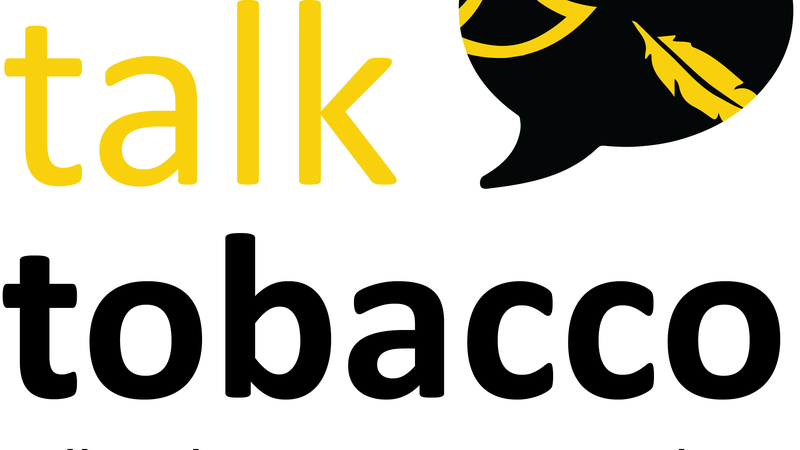
Alberta facing ‘exponential growth’ of COVID-19 cases: top doctor
EDMONTON — Alberta’s chief medical officer of health says the province is at a dangerous plateau, with almost 3,000 new COVID-19 cases in the last three days, 20 new deaths and overwhelmed contact tracers.
“We have entered an exponential growth period and that is, of course, deeply concerning,” Dr. Deena Hinshaw told reporters Monday.
“If these new (health restriction) measures that were put in place last Friday are not enough, we will be absolutely be bringing forward recommendations for additional measures.
“We are in a critical time.”



